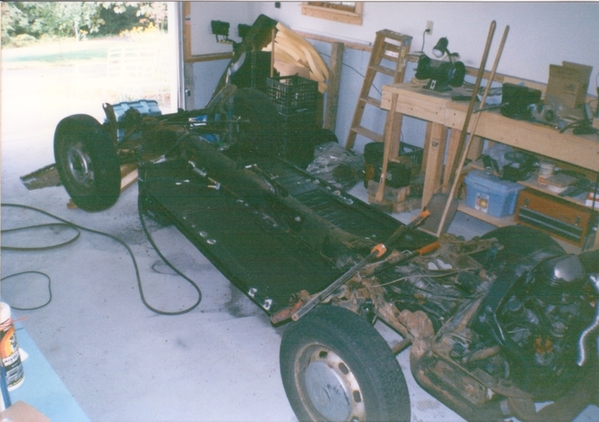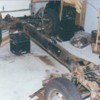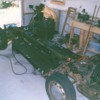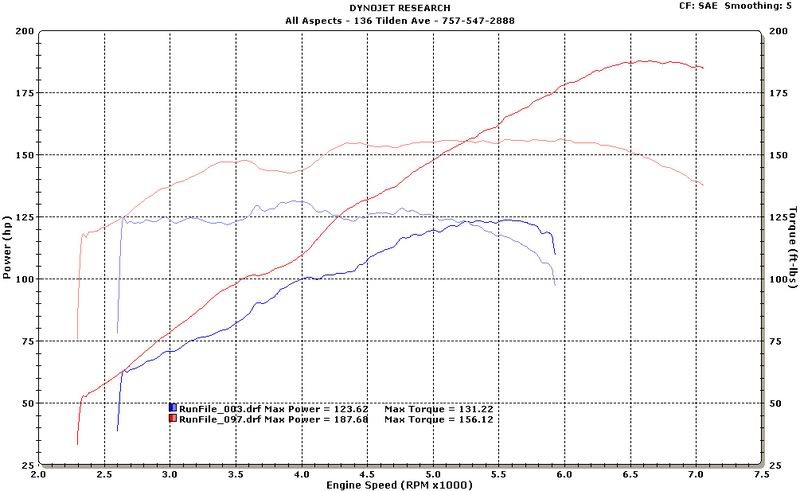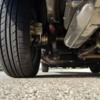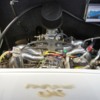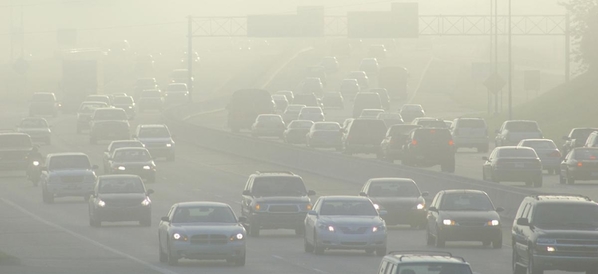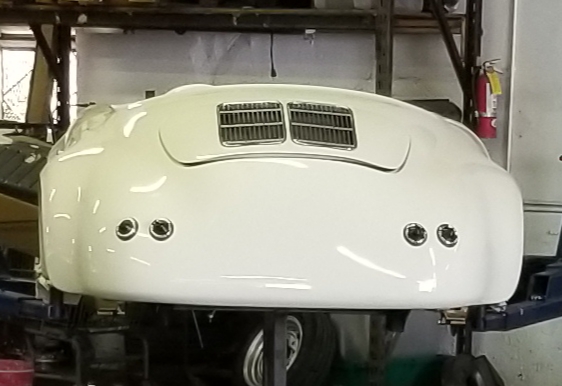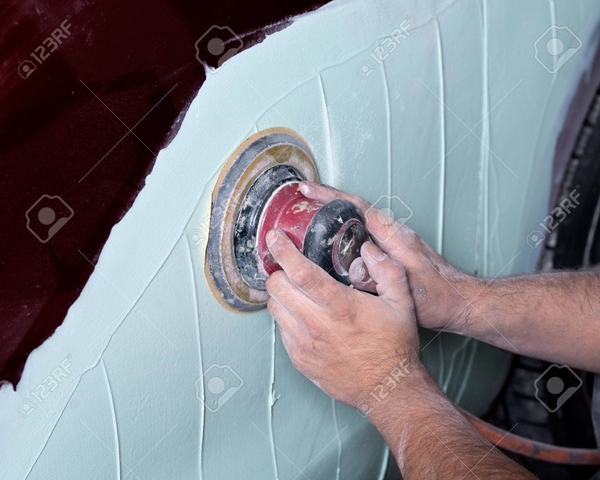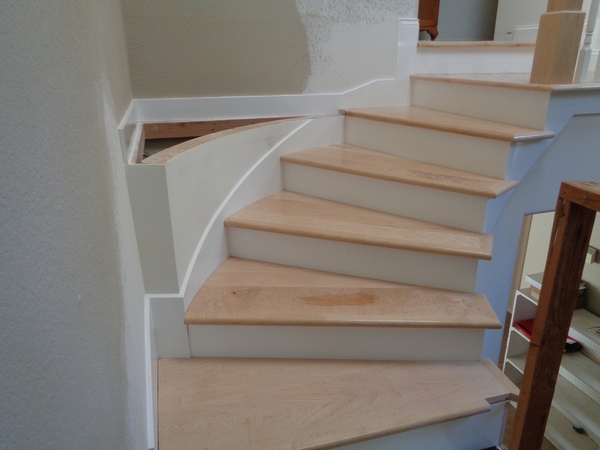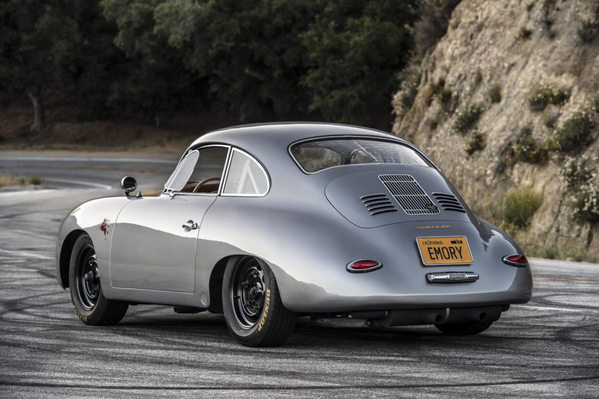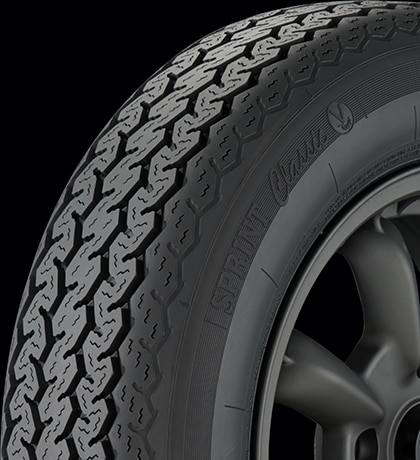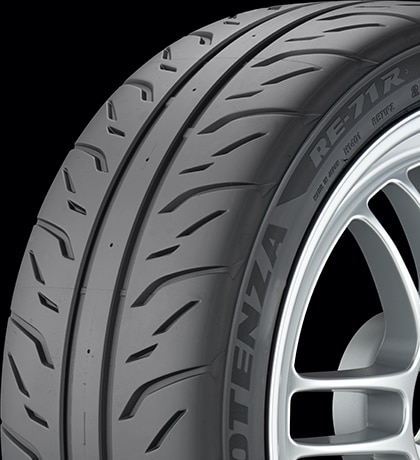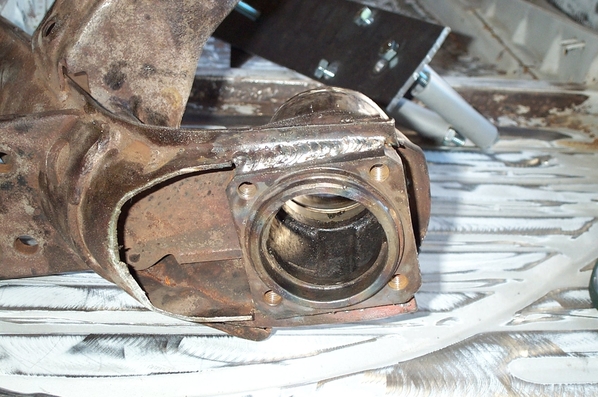Do the wide body speedsters fit wider tires? If so, do they generally corner better? I don’t care as much for the look of the wide body, but I sure do like to turn.
There are at least 3 bodies termed wide-body. The FF/CMC is more a flared fender style Officially called the California model. It had optional chrome and gold wider wheels but others will fit. The VS came in a wide body and an ultra widebody. The ultrawide had a Kardashian butt loo. They lay down more rubber so surely accelerate better.
Do type IV engines fit in most of the replicas? Is there any advantage to using a Type I engine instead of a Type IV?
Yes, a T4 will fit - even using the flat pancake cooling. The back square 1.5" steel tubing may have to be cut and moved couple inches to ease installation. Many convert to upright cooling but it adds $1k to build and usually eliminates the thermostat. T1 parts are generally cheaper - at least up to 2100 cc. A T4 can easily go to 2400 cc and 200hp. (You just need to use a bus flywheel and add a center T1 bearing to it.
How do you know or speculate that a car was built by the manufacturer, ie. Beck, Vintage, JPS, as opposed to bought as a kit and assembled in someone’s garage? Or does it even matter? Maybe some of the garage builders are better than the manufacturers?
VS and JPS (maybe a tube base is now an option) are VW pan based. Beck is tubular custom chassis (as well as current IMs - since about '87?) . VS, JPS, and Beck all sell "rollers" where customer adds finishing pieces. Many CMCs were custom built by professions - but vastmajority were home build.
Did 356’s originally come with 4.5 inch wheels?
Early 356 were 3.25x16" and later 4.5x15" wheels.
If a car has an additional frame added, is it obvious by looking at the bottom/floorpan?
Bestplace to look would be front and rear wheel wells. I know of NO VW pan based Speedsters without the heavy steel sub-frame - it is used to hang doors and front hood.
Do the replica coupes have any steel in the tops or fiberglass only?
My guess is all fiberglass.
Where and when in Southern California is a good place to meet other replica owners?
I have experience working on Vdubs 35 years ago, but no experience working on Subarus. I still have my 36mm socket. If you were me, which would you lean towards, and why?
Subaru if you don't want to adjust valves and change oil every 3k miles. Subbie if you want AC/heat and EFI. VW if you want air cooled sound.
What is Carlisle? An event or place, or both?
Carlisle PA is home of Army War College and Carlisle fairgrounds where many car shows are held. Pick a Mark and they have a weekend show for it. Replica Speedsters showed up for the Foreign and Kit Car one - name has recently changed.
Do some of the replicas not have heaters? And if not, why?
You can use the stock VW heater boxes but most have restricted diameter tubing for large displacement/HP engines. Larger diameter heater boxes are available but costly. Some go for gas heaters as used in old VW/Porsche - Stewart Warner and Ebersparcher.
How is the reputation of Beverly Hills Motor Cars? They seen to have many 356’s for sale. Has anybody seen the Beck Speedster at Corvette Mike's in Anaheim?
BHM - overpriced and they don't have the cars advertised in stock. Should they sell a car it remains listed for a coupleyears.
What do you read to learn how to tune dual carbs? Or video? Youtube? I still have the thing-a-majig that sits on top the carb and has the ball in the clear tube, but I can not remember diddly about how to use it, nor do I remember how I learned in the first place.
Just pick Danny P's brains - cost is a few good IPA beers.
Where do you find the valve lash numbers for modified engines? Are they always the same as factory?
Steel push rodsrequire different setting from aluminum one.
Why do some 356’s have the leather hold down straps on the front lid? Looks only? Or does the front lid have a reputation for releasing at an inopportune moment? We used a bungie cord on our Type Is.
Just for looks - racing 356 used them as an extra precaution when racing.
It seems to me that drum skins would make the discs run hotter. True or False?a
True if used on exclusivelyracing car.
Which thread talks about pros and cons about different engine sizes? The last time I worked on Vdubs, the largest reasonable engine size was 1835. Anything beyond that was guaranteed to blow up after 10,000 miles or 3 miles if driven a ¼ mile at a time.
How fast can you afford to go? A 1776, 1915 (with right innerds), or 2210 are popular sizes.
Who is YOUR favorite air cooled builder? Subaru builder? I said favorite, cuz I understand how subjective the question is.
Pat Downs has a well earned AC reputation. As did Jake Raby - but he seems to have migrated to Subaru engines.
Do you have any idea just how much one can learn by reading the forum posts? It is mind boggling; literally.
You can take the SOC PHDtest to earn a degree. With $4 you get a grande coffee at StarBucks!


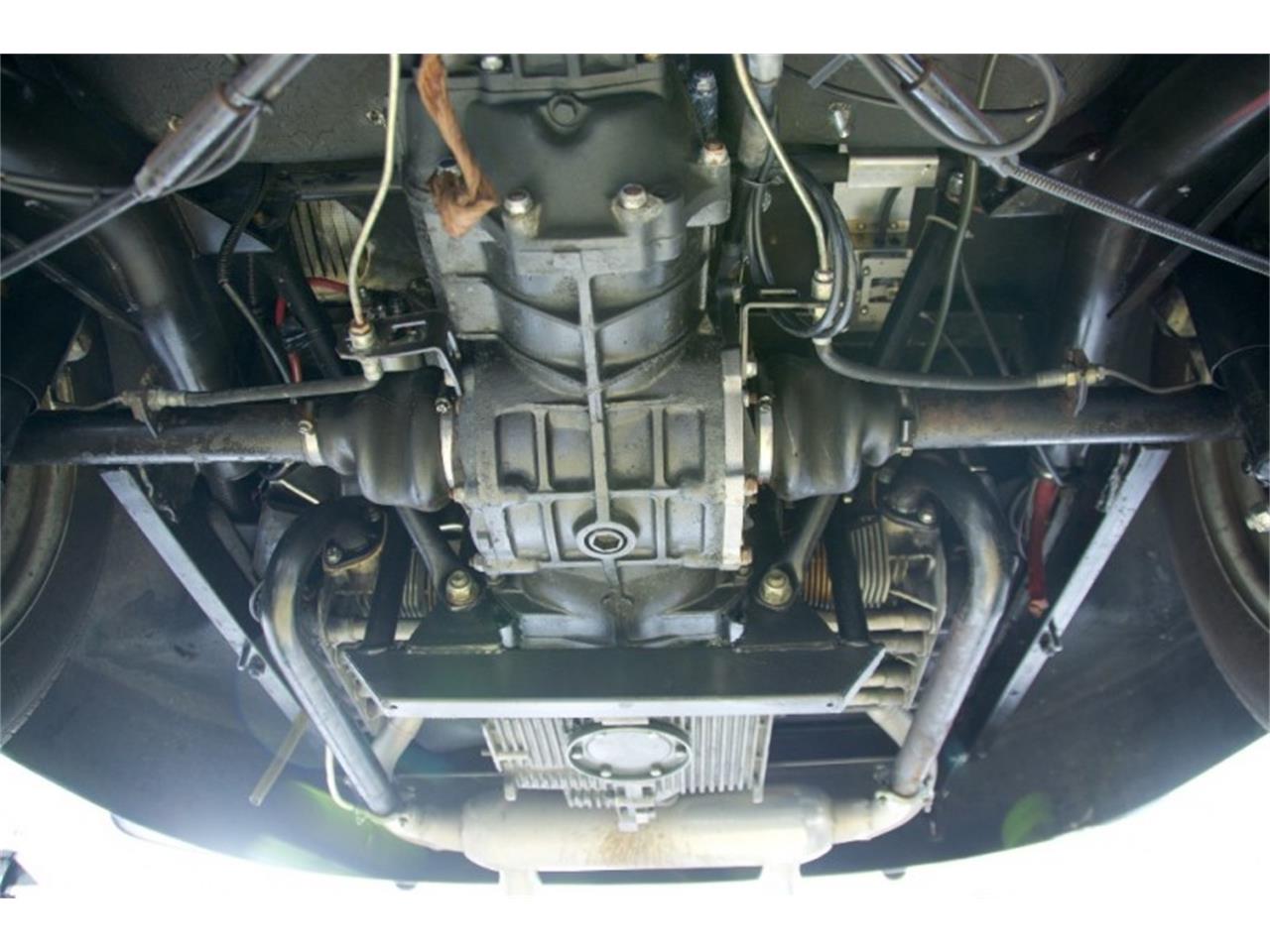


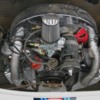

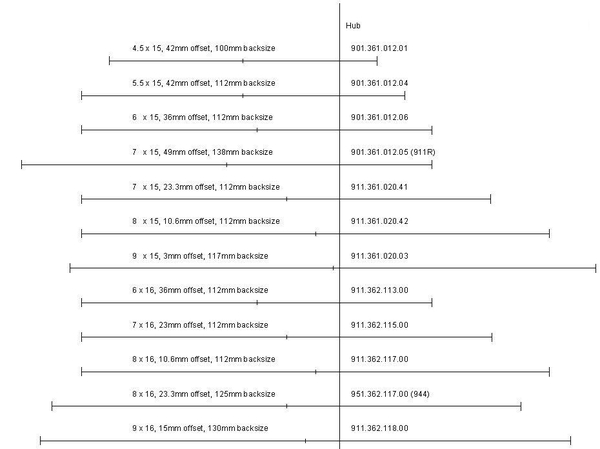
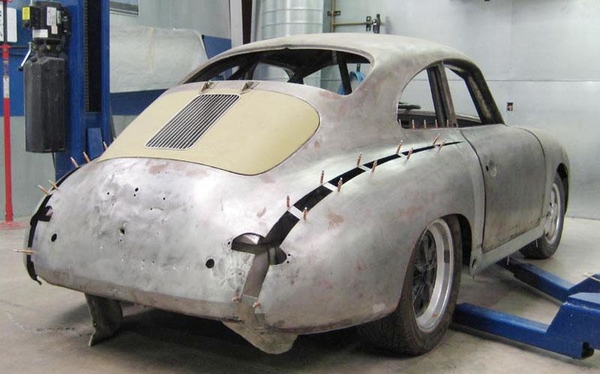
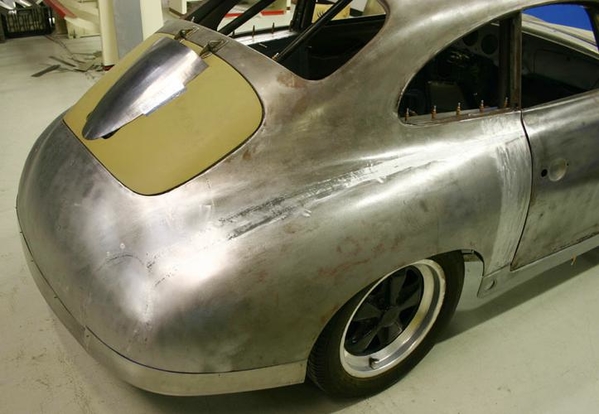

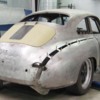
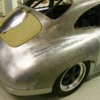


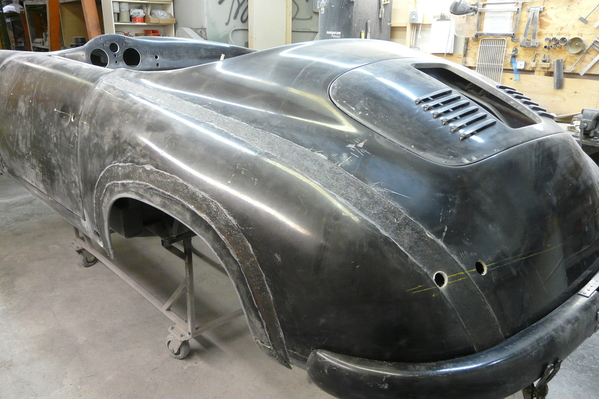

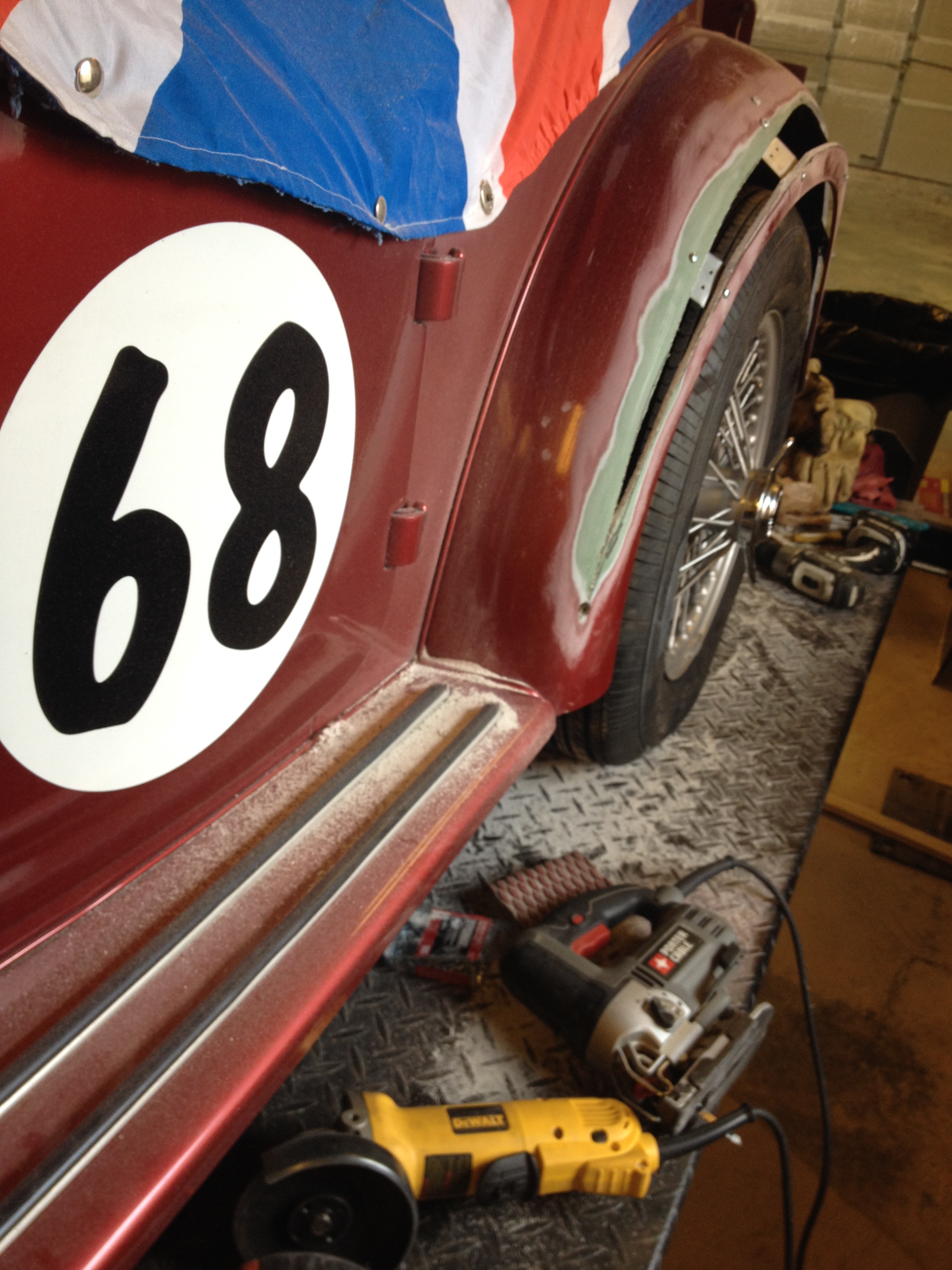
![[IMAGE]](http://www.darrylsgarage.com/356/356batpan9.jpg)

